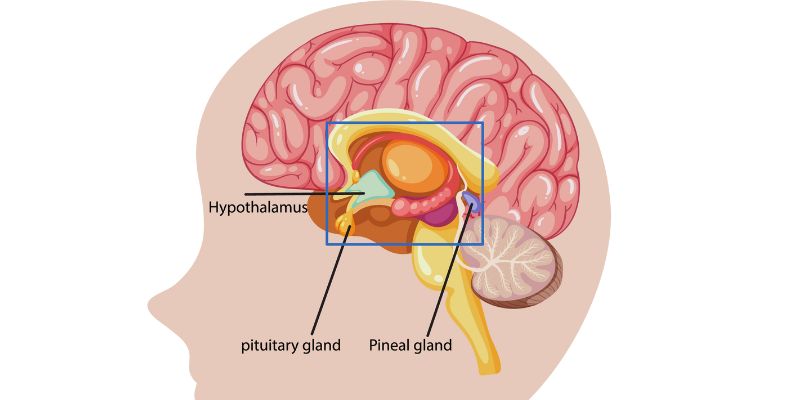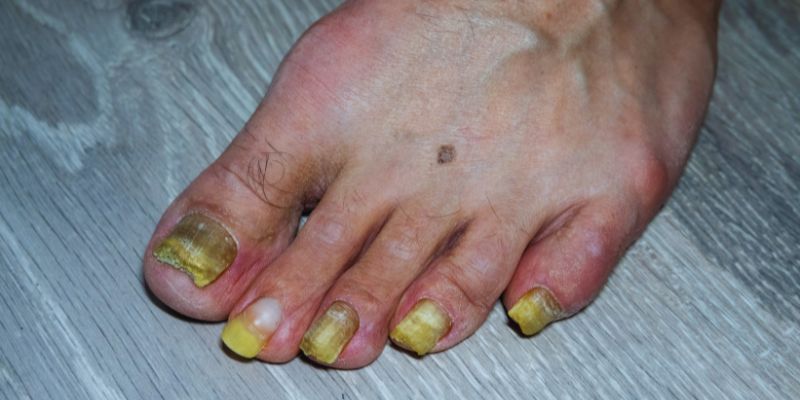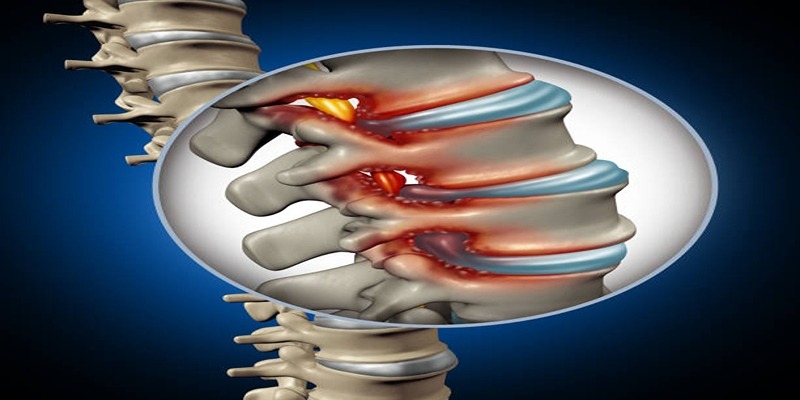Treatment Methods for Vasovagal Syncope: What You Need to Know
Common causes of fainting vasovagal syncope (VVS) include stress and prolonged standing. Although it would seem benign, recurrent fainting episodes can cause major injuries and disrupt daily life. Vasovagal syncope treatment seeks to lower the frequency of fainting episodes and enhance quality of life.
Knowing the most efficient therapy approaches will enable patients to control their illnesses properly. There are numerous ways to reduce symptoms, from physical treatments to medicines to changes in lifestyle. This article will discuss the most often utilized therapy choices for vasovagal syncope, as well as their mechanisms and when they should be used.

Understanding Vasovagal Syncope
Vasovagal syncope is a sudden loss of consciousness brought on by a reduction in blood pressure and heart rate. Reduced blood flow to the brain follows from this, and fainting results. Many times, particular circumstances bring on the disorder, including prolonged standing, emotional tension, discomfort, or even witnessing blood. Patients usually come to awareness in a few minutes but repeated fainting events should cause some worry. Finding good treatment solutions is crucial since some people may become injured following a fall brought on by fainting.
Finding the triggers and knowing the personal health history will help manage vasovagal syncope. Lifestyle changes, including more fluid and salt intake and wearing compression stockers, are often the first course of treatment. When symptoms linger, additional medical interventions—including medicines, physical therapy, and psychiatric treatments—may be required to control the disorder.
Lifestyle Changes and Preventive Measures
Usually, the first line of protection in controlling vasovagal syncope is lifestyle modification. Making particular changes helps people avoid fainting episodes or lower their frequency. Maintaining good hydration is essential since dehydration could cause syncope episodes by lowering blood pressure. Higher salt intake can also assist the body in retaining fluid, enhancing circulation, and preventing fainting. Another preventive action is wearing compression stockings since they increase leg blood flow, lowering the likelihood of fainting.
Patients should also avoid prolonged stillness, which could pool blood in the legs. Physical counter-pressure motions such as tensing the calf muscles, crossing the legs, or clenching the fists can improve blood circulation and avoid fainting. Early syncope symptoms—such as lightheadedness or dizziness—should be identified and acted upon immediately by sitting or lying down to lower the risk of falling and harm.
Medications to Manage Vasovagal Syncope
Medications may be used to assist in the control of vasovagal syncope when lifestyle changes are inadequate. Beta-blockers are often the cause of fainting, so they are widely used to control heart rate and stop too-low blood pressure dips. Medications such as fludrocortisone or midodrine boost blood volume and narrow blood vessels, enhancing circulation and lowering the risk of fainting. These medicines are often administered when syncope episodes are frequent and not under control with lifestyle changes alone.
Furthermore, utilized to treat any underlying anxiety or psychological elements causing the disorder could be selective serotonin reuptake inhibitors (SSRIs). One of the main factors for vasovagal syncope, stress, can be helped by these medicines. However, medications should always be used under the direction of a healthcare expert since they may combine with other therapies or have negative effects. Close patient monitoring is, therefore, rather important.

Physical Therapies for Vasovagal Syncope
Another excellent treatment for vasovagal syncope is physical therapy. One of the main physical interventions is using counter-pressure maneuvers. These easy exercises help keep blood circulation by being done either during an episode or in preparation. For example, standing or clenching the fists and crossing the legs help blood return to the heart and brain, avoiding fainting.
Tilt training is another type of physical therapy in which patients are progressively exposed to changes in posture, such as rising from lying down to standing. This training can help the body become used to standing without suddenly lowering blood pressure. Regular tilt training helps people to enhance their body's autonomic reaction, therefore facilitating the avoidance of fainting episodes. Patients are also recommended to be consistent in their physical activity to enhance their general cardiovascular condition, helping to lower the frequency of syncope episodes.
Cognitive Behavioral Therapy (CBT) for Vasovagal Syncope
For those whose vasovagal syncope is associated with stress or worry, Cognitive Behavioral Therapy (CBT) has shown promise. CBT teaches patients to control their emotional reactions and lessen the effect of stress since it can be a major cause of fainting episodes. The main emphasis of this therapy is on spotting bad thinking patterns and actions causing anxiety and fainting episodes. By addressing these psychological elements, CBT enables patients to control their body reactions to stress better. Methods offered to assist people in staying calm and stopping syncope episodes are awareness, deep breathing, and relaxation. CBT also gives patients techniques for managing the early warning symptoms of vasovagal syncope, like lightheadedness or vertigo. Using these coping mechanisms, people can act before an episode fully unfolds. A good addition to a complete treatment plan, CBT can be utilized with other therapies.
When Surgery May Be Necessary
Rarely, if all other treatments fail to prevent or control vasovagal syncope, call for surgical surgery. One choice is the insertion of a pacemaker, a little gadget meant to control heartbeat and stop potentially fatal decreases in heart rate causing fainting. When the heart rhythm slows down too much, electrical impulses are sent to the heart to guarantee continuous blood supply to the brain. Usually reserved for those who have regular, severe syncope episodes despite previous therapy approaches is this surgery.
Pacemaker implantation does, however, include some hazards, such as infection, blood clots, and device malfunction. Thus, this option is usually considered only when non-invasive approaches have failed. Though these cases are somewhat rare, some patients may undergo other operations in addition to a pacemaker to resolve underlying medical issues causing vasovagal syncope.
Conclusion:
Although vasovagal syncope can seriously affect quality of life, there are several treatments accessible to control the symptoms properly. Every method—from medicines and lifestyle changes to physical therapy and psychological interventions—helps to lower fainting occurrences. Although most cases may be managed with non-invasive techniques, some people could need more complex treatments, including medicines or surgery. Patients must actively collaborate with their healthcare professional to determine the best action for their needs. Those who remain proactive and knowledgeable can lead a better, more steady life despite vasovagal syncope.










